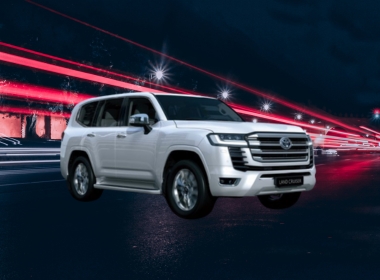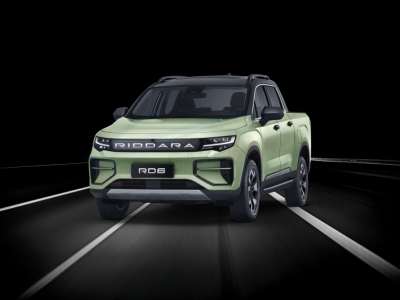Pakistani buyers of high-end imported SUVs have some welcome news: prices for used Toyota Land Cruisers have plunged by as much as Rs 8 million. This dramatic shift comes after the government enacted fiscal reforms under the Finance Act 2025 and accompanying Statutory Regulatory Orders (SROs), effectively slashing duties on imported vehicles.
Background & Policy Changes
With the Finance Act 2025 and subsequent SROs, Pakistan overhauled the taxation framework on vehicle imports. Key duties such as Customs Duty (CD), Regulatory Duty (RD), and Additional Customs Duty (ACD) were reduced. Among the changes, ACD dropped from 7% to 6%, marking a significant easing of the tax burden on imported SUVs. These adjustments aim to discourage informal smuggling, boost transparent import activity, and balance trade flows.
Real-World Impact on Land Cruiser Models
The duty reductions have quickly shown up in the market, offering tangible price relief to importers and end consumers. Used Land Cruiser models across various generations have benefited significantly:
- Prado LC150 (2020–21): Prices are down by Rs 2.4–3 million (2020) and Rs 2.9–3 million (2021).
- Lexus LX570 (2020–21): Owners are now saving about Rs 6.5–6.7 million (2020) and Rs 7.5–7.8 million (2021).
- LC200 URJ 202 ZX/AX (2020–21): ZX models decreased by Rs 4.1–4.2 million (2020) and Rs 4.7–4.8 million (2021); AX ones by Rs 3–3.2 million (2020) and Rs 3.5–3.7 million (2021).
- LC300 AX & ZX (2021–24): AX variants saw reductions from Rs 3.7–3.8 million (2021) up to Rs 5.4–5.5 million (2023). ZX trims dropped from Rs 4.9–5 million (2021) to Rs 7.6–8 million (2024).
In effect, buyer’s now pay substantially less for many models—especially newer ones—reflecting the government’s tax easing policy directly at the dealership level.
Broader Market Effects
These price decreases are reshaping Pakistan’s luxury SUV landscape. The lower import duties translate into immediate savings, making Land Cruisers, once out of reach for many, more accessible. Dealers may see increased demand, as the reduced costs reinvigorate interest in high-end imports. Meanwhile, critics argue that such reductions might hit government revenue, though proponents point to long-term gains in formalized trade and reduced duty evasion.
Callers across import networks also expect smoother compliance, as officially imported units become more financially viable than smuggled alternatives. Analysts suggest that these reforms might set a precedent for broader liberalization in vehicle import policies.
Final Takeaway
The fiscal tweaks under Pakistan’s Finance Act 2025 and accompanying SROs have translated into real cash savings for buyers of used land Cruisers—up to an impressive Rs 8 million per unit. These reductions hint at the government’s intent to regulate luxury imports, grow official channels, and possibly stimulate local economic activity around vehicle trade. Watch closely as the market adjusts—this may just be the beginning of a broader realignment in Pakistan’s auto import sector.



